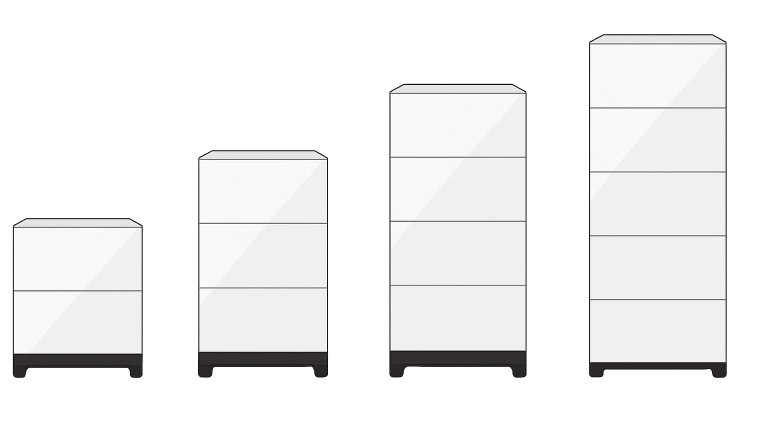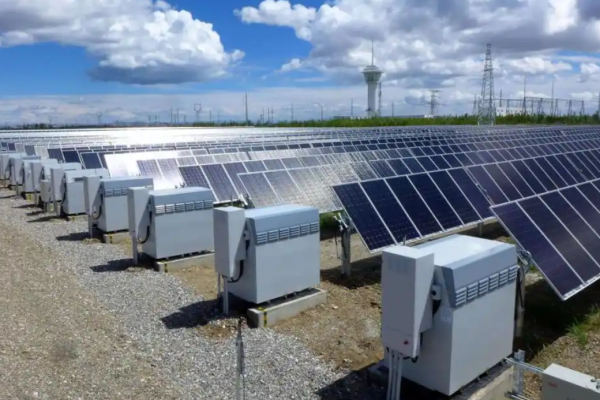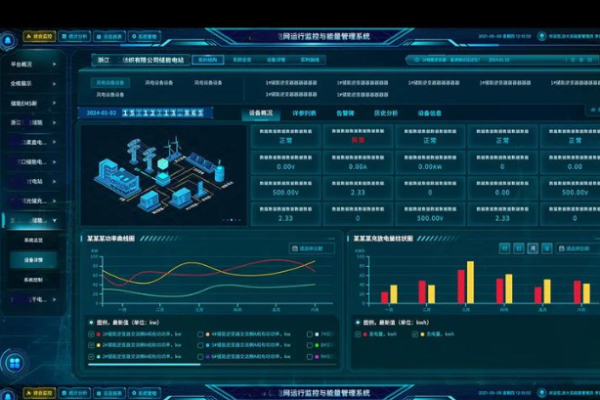In residential energy storage, one question consistently comes up from buyers, distributors, and installers:
Should you choose LFP (Lithium Iron Phosphate) or NMC (Nickel Manganese Cobalt) batteries?
Both chemistries are widely used in modern home energy storage systems, and each has unique technical advantages.
Understanding their differences in safety, performance, and lifecycle helps homeowners and project designers make smarter decisions — and helps suppliers explain value to customers with confidence.
Let’s explore the key differences between LFP and NMC for residential energy storage systems (ESS).
1. Overview of LFP and NMC Chemistries
| Chemistry | Full Name | Common Use |
|---|---|---|
| LFP | Lithium Iron Phosphate (LiFePO₄) | Residential ESS, solar storage, electric buses |
| NMC | Lithium Nickel Manganese Cobalt Oxide (LiNiMnCoO₂) | EV batteries, compact ESS, high energy-density systems |
Both are types of lithium-ion batteries, but their cathode materials differ — and that’s what determines their performance profile.
⚙️ LFP focuses on stability and long life; NMC focuses on energy density and compact design.
2. Key Performance Comparison
| Feature | LFP (LiFePO₄) | NMC (LiNiMnCoO₂) |
|---|---|---|
| Energy Density | 120–160 Wh/kg | 180–230 Wh/kg |
| Cycle Life | 4000–7000 cycles | 2000–4000 cycles |
| Thermal Stability | Excellent (Safe) | Moderate (Needs management) |
| Operating Temperature | Wide range (-10°C to +55°C) | Narrower range (0°C to +45°C) |
| Cost per kWh | Lower and stable | Higher due to cobalt and nickel |
| Safety | Non-toxic, no oxygen release | Requires BMS protection |
| Weight | Heavier | Lighter |
| Environmental Impact | Low (no cobalt) | Higher (uses cobalt) |
🧠 In short: LFP is safer and longer-lasting; NMC is lighter and more compact.
3. Why LFP Dominates the Residential ESS Market
Over the last five years, LFP batteries have become the default choice for home energy storage systems.
Key Reasons:
- Safety First – LFP chemistry is more stable under high temperatures, reducing fire risks.
- Long Lifespan – Most LFP systems promise 6000+ cycles, ideal for 10–15 years of daily use.
- Cost Efficiency – Lower raw material volatility makes LFP pricing more stable than NMC.
- Eco-Friendliness – No cobalt, lower toxicity, and easier recycling process.
- Compatibility – Works seamlessly with hybrid inverters and 48V or 51.2V battery modules.
🔋 LFP is now the most trusted chemistry for residential ESS across Europe, Australia, and Asia.
4. Why Some Buyers Still Choose NMC
Despite LFP’s rise, NMC remains attractive in certain scenarios:
- Limited space installations: Higher energy density allows for smaller battery enclosures.
- Cold climates: NMC can deliver slightly better performance in sub-zero environments.
- High-power applications: Faster discharge capability suits EVs or quick backup systems.
- Brand familiarity: Some major EV and ESS brands have decades of NMC experience.
⚡ In space-limited or mobile applications, NMC’s compactness can outweigh its shorter cycle life.
5. Safety and Thermal Runaway
Thermal runaway — when a battery overheats uncontrollably — is a major concern in lithium-ion design.
- LFP releases very little oxygen during high heat, meaning it resists combustion.
- NMC, on the other hand, contains oxygen-rich oxides that can accelerate fire propagation.
This makes LFP the safer option for residential settings, especially in homes or garages where ventilation is limited.
🔥 Safety should never be compromised for small energy savings.
6. Lifespan and Degradation
LFP cells typically retain ≥80% capacity after 6000–8000 cycles, equivalent to 15–20 years in daily cycling.
NMC cells degrade faster due to transition metal instability (especially cobalt and nickel).
Even with good battery management systems (BMS), NMC generally lasts around 8–10 years under the same usage.
📈 For residential users seeking stable long-term investment, LFP offers lower total cost of ownership (TCO).
7. Energy Density and Space Efficiency
NMC batteries store more energy in a smaller volume — up to 30% higher energy density.
This makes them ideal for:
- Apartments
- Compact wall-mounted units
- All-in-one hybrid systems
However, in residential setups where space is less critical (garages, basements, outdoor cabinets), LFP’s slightly larger size is rarely an issue.
🏡 If space allows, choose LFP. If you need ultra-compact design, NMC can be an option.
8. Cost and Raw Material Stability
LFP batteries use iron and phosphate, which are abundant and low-cost.
NMC requires nickel, cobalt, and manganese, whose prices fluctuate significantly due to global mining supply.
| Material | Stability | Cost Volatility |
|---|---|---|
| Iron | Stable | Low |
| Phosphate | Stable | Low |
| Nickel | Moderate | High |
| Cobalt | Scarce | Very High |
💰 LFP’s stable raw materials make pricing more predictable — a major benefit for long-term projects.
9. Environmental and Ethical Considerations
Cobalt mining — a key component in NMC — raises ethical and environmental concerns, especially regarding labor practices in certain regions.
LFP, being cobalt-free, is cleaner and easier to recycle.
Governments and large developers increasingly prefer LFP to meet ESG (Environmental, Social, and Governance) standards.
🌍 For green energy systems, the chemistry should be as sustainable as the power it stores.
10. Temperature Performance
- LFP batteries perform well up to +55°C but may lose efficiency below -10°C.
- NMC batteries perform better in cold environments but require cooling in hot climates.
With modern battery heaters and thermal management systems, LFP can still perform reliably across most residential applications.
🌡️ System design, not just chemistry, determines real-world temperature performance.
11. Application Recommendations
| Application | Recommended Chemistry | Reason |
|---|---|---|
| Residential ESS (PV+Battery) | LFP | Safe, long life, stable cost |
| Portable or Mobile ESS | NMC | Lighter, higher density |
| Commercial & Industrial (C&I) | LFP | High cycle life, scalability |
| EV-Charging + Backup System | NMC | Fast charge/discharge |
| Off-grid cabins or farms | LFP | Stable, rugged, easy maintenance |
✅ For 90% of home energy storage users, LFP is the right choice.
12. Future Trends: LFP Keeps Expanding
Technological improvements continue to push LFP performance closer to NMC levels in energy density.
At the same time, manufacturers are developing LFP blade cells and cell-to-pack designs that further increase storage capacity.
In parallel, NMC remains dominant in EV applications — meaning the two chemistries will continue to coexist in different niches.
🚀 Expect LFP to dominate stationary energy storage, while NMC remains key in mobility.
13. Choose What Fits Your Market
When selecting between LFP and NMC for residential energy storage exports, consider these:
- 🌞 LFP: For stable, safe, long-life, eco-friendly home systems
- ⚡ NMC: For compact, lightweight, high-performance applications
The right choice depends on application priorities — not just chemistry specs.
But for most residential installers and distributors, LFP delivers the best balance of reliability, lifespan, and cost.
🧭 The safest battery is the one that performs predictably for years — and that’s LFP.









